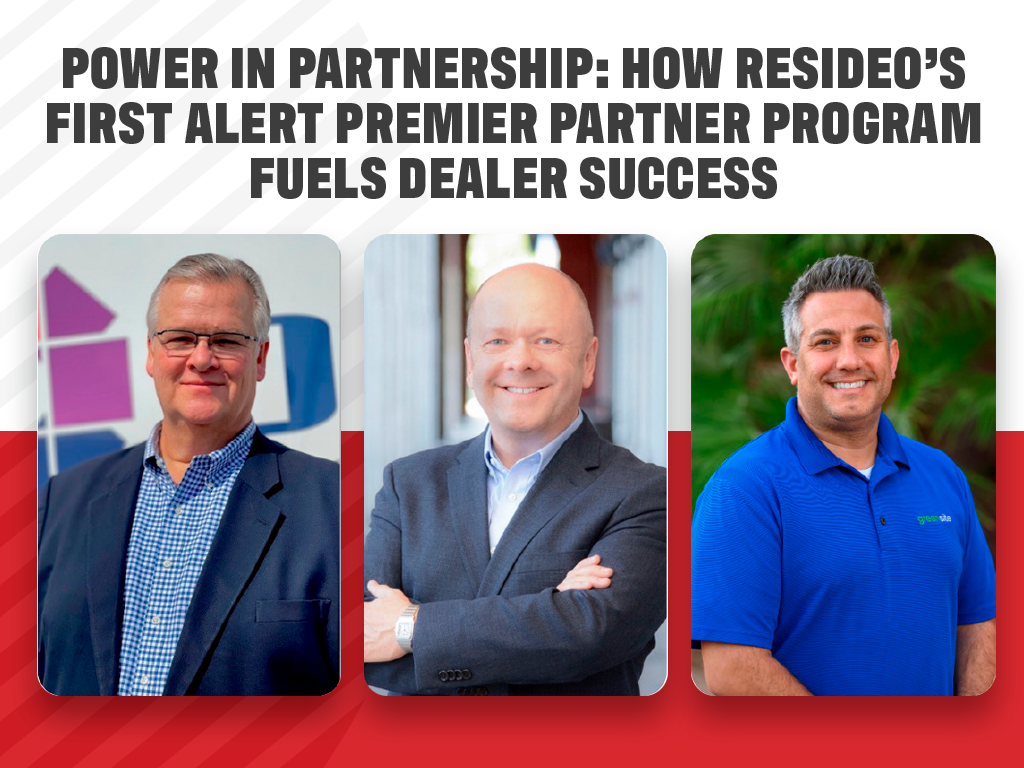I was recently asked to provide a comparison of a package policy to our general liability/professional liability program we provide at Security America. In my discussions with the agent, it became clear that what they were looking at vs what we were offering was not a like for like comparison. They were just price shopping. I was recently asked to provide a comparison of a package policy to our general liability/professional liability program we provide at Security America. In my discussions with the agent, it became clear that what they were looking at vs what we were offering was not a like for like comparison. They were just price shopping.
This got me to thinking, there is really one line of coverage where everyone dives deep in and truly does a full comparison. Healthcare.
You review the programs for deductibles, limits, covered medical procedures, prescription programs, etc. We go so deep into these reviews in order to determine the best fit for our employees and ourselves. The reason – we use our health insurance far more than any other insurance we have.
It is easy to let our auto, general liability, professional liability, etc. coverages simply renew. Why bother reviewing the coverage? Everyone is offering the same thing, right? We did it the first time we wrote our policy, we haven’t really used that insurance, so let’s just maintain the status quo.
Wrong. So wrong. Your business grows — it evolves. As does your exposure. At a minimum, every 2-5 years, you should review your insurance policies. Yes, your underwriter here is telling you that I want you to challenge me. Put us to task.
The one statement you will be able to quote me on “We need to make sure we are comparing apples to apples” – good, bad or ugly. We want to make sure all cards are on the table and you are in the best position to make your business decisions.
Here are just a few examples of where we see the biggest differences:
Occurrence vs Claims Made Forms – Professional Liability
Here is where I might completely nerd out on insurance. An occurrence-based policy triggers based on when the wrongful act/error occurred. So, let’s say you have a policy effective 2016 – 2017 and in 2018 a claim is made against you for an error you made during the 2016 – 2017 policy. The 2016 – 2017 policy is what would trigger. On a claims-made policy, it triggers based on when a claim is made against you. In the same scenario, (with some exceptions that we won’t get into here), the 2018 policy is what would trigger because that is when the actual claim was made against you.
So why this long explanation? There are very few professional liability policies that are occurrence. It is generally only offered on that basis when it is combined with General Liability. If your current professional liability policy is a claims-made policy, you will be extremely hard-pressed to move that particular line of coverage to an occurrence form.
In order to ensure you don’t run into an issue of late reporting and therefore uncovered claims, you would have to purchase an extended reporting period, which can be extremely expensive.Most policies would only allow you an option of 1 to 3 years. To be completely safe, you would want a minimum of 6 years.
The point is – you have to watch what type of policy you are leaving and going to. More importantly, engage insurance professionals that are willing to point this out even if it doesn’t benefit them.
Endorsements and Exclusions
I know this is a bit of a broad statement, but you can’t simply dive into the main part of the policy. You need to look at every single endorsement and every single exclusion. A good insurance professional will ask for a copy of every single piece of wording that would be ultimately attached.
This comparison is extremely important. A bad agent will look at the name of an endorsement and assume they know what it is addressing and not read any further. A great example of this is an endorsement I came across recently.
It was called an Installation Floater Endorsement. In reading simply the name, I couldn’t tell what exactly the intent of the endorsement was. Generally, when we hear “floater,” we think of some kind of property coverage. I requested a copy of the form itself in order to do a proper comparison. What I found is that they were actually sub-limiting coverage for installation services. A huge coverage difference.
The famous, don’t “assume” because you know what it does…don’t assume what is in an endorsement or exclusion simply by the title – you have to read and understand the intent.
Services
While the meat of what we compare has to be related to actual coverages, we can’t forget the importance of service. When we say service, we mean all around services – from the time you work on getting a quote, to the time you bind, to the time you request certificates of insurance and make claims. Every piece of service is important.
What is the turn around time on certificates of insurance? When you have a claim – will there be experts easily accessible to assist you? How familiar are they with your industry?
Are there experts available to help you with contract review? These are all questions that have to be asked and answered.
At Security America, we take your insurance seriously. We like to think that most of the time we are above the rest when it comes to your general liability and professional liability coverage, but we aren’t afraid to show you where our shortfalls may be.
As your insurance professionals, we will always put your needs first. We will give it to you straight – even if it might not fully be in our favor.
For all your fruit comparisons, call or email us today at 866-315-3838 or Info@SecurityAmericaRRG.com.




